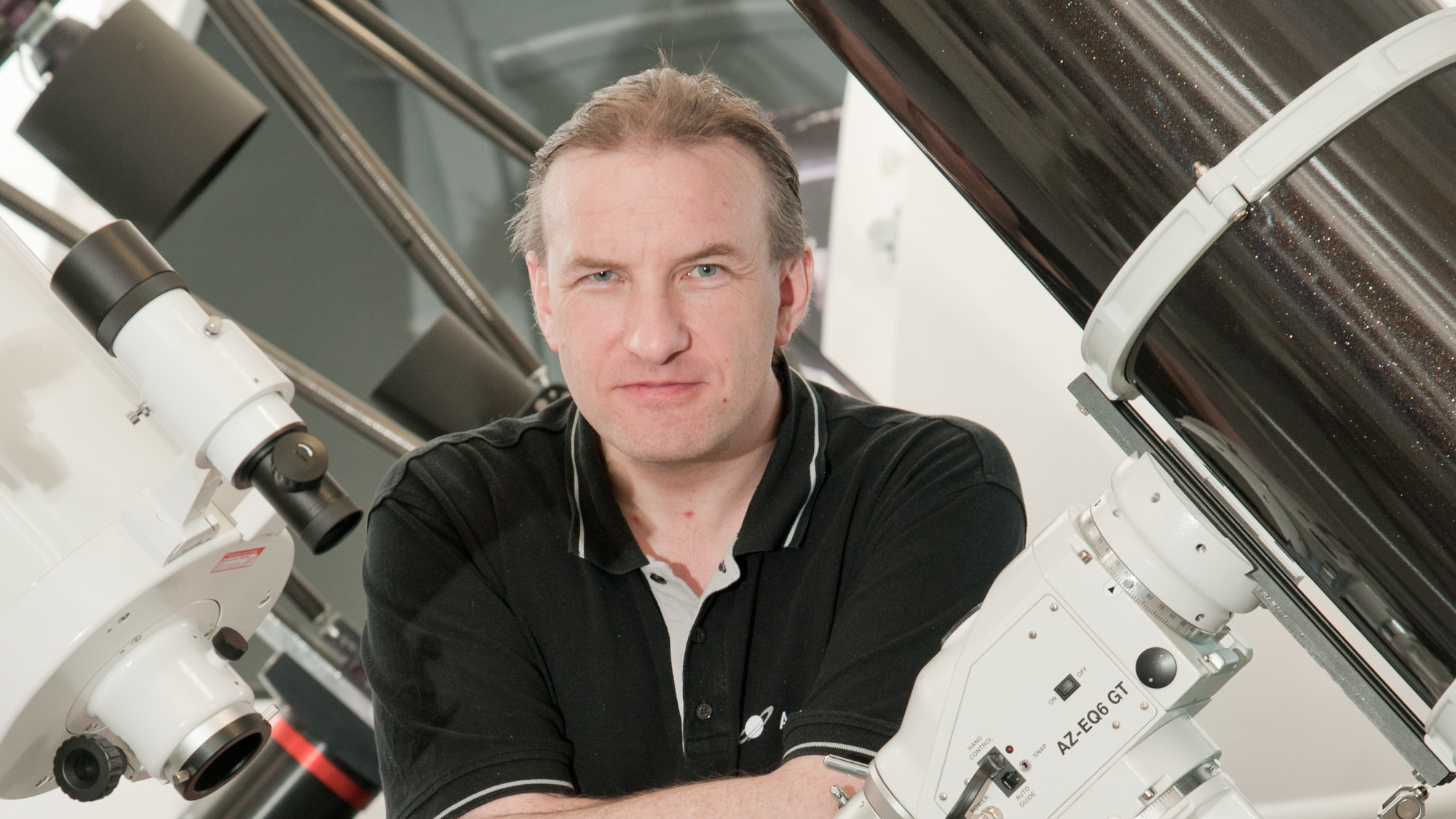What can you see with which telescope?
You can see the Moon and the larger planets through every telescope, but for details and for faint deep sky objects you need a little more aperture.
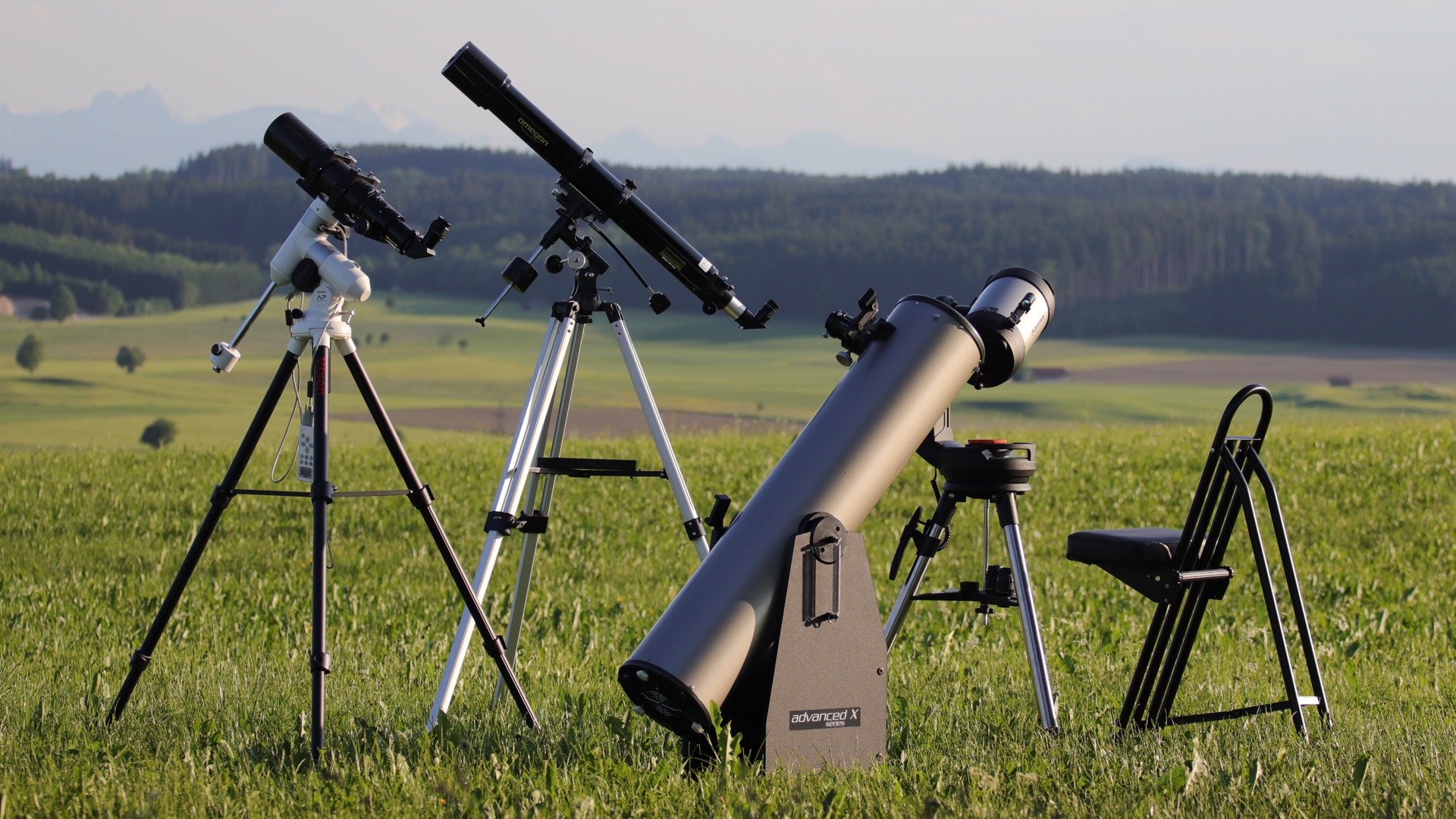
A frequently-heard saying in the astronomy scene is: every telescope has its own bit of the sky. There is no one telescope that is best for everything, but always the best telescope for a particular situation.
The fun also depends on the observer. Today, even simple telescopes are superior to the instruments used by astronomy pioneers such as Galileo Galilei who revolutionised our world view more than 400 years ago. The early astronomers often specialised in an object; the more you become occupied with the Moon or a planet, the more exciting it becomes.
In astronomy, most objects are small and faint, which is why you need as large an optic as possible in order to collect a lot of light. The quality of the optical surfaces is decisive: a large telescope is no use if it produces a poor image. Last but not least, an experienced observer with a small telescope will often see more than a beginner with a large telescope.
Bright objects such as the Moon and planets should be at least 40 degrees above the horizon for a sharp image. For deep sky objects such as galaxies and star clusters, a dark location is important – and a moonless night. The effect of large, distant cities is often underestimated. Large built-up areas will blur the view towards the horizon, but fortunately have only a small impact on the zenith. And in the Alps there are still some really dark sites.
A good overview of local light pollution can be found here: https://www.lightpollutionmap.info
Telescopes and what they can do
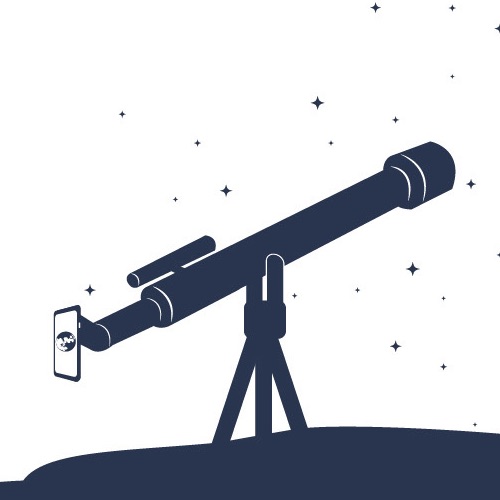
Small optics up to 10 cm in diameter show details on the Moon; central peaks and craters are recognisable. The big planets appear as small discs, Saturn’s ring is visible. The two stripes on Jupiter can be seen, together with its four large moons. Details of deep sky objects are usually not visible.
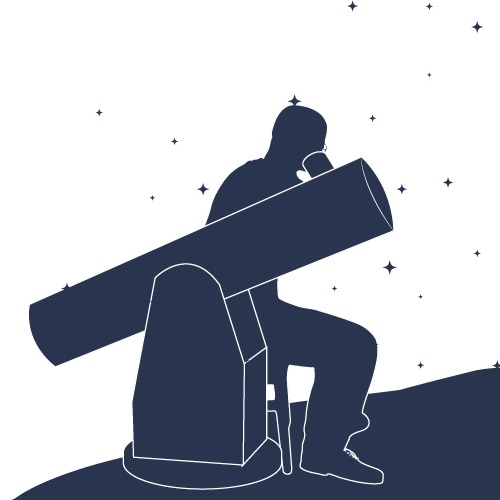
Larger optics with a diameter of 20 to 30 cm can resolve globular clusters. The spiral arms of some galaxies can be seen, so too, the first structures of small, bright planetary nebulae. Individual storms within Jupiter’s bands become visible. The resolution increases noticeably; the caldera can be identified on some lunar volcanoes. Planetary photographers like to work with optics in this format; simple webcams show numerous fine details on Mars and Saturn.
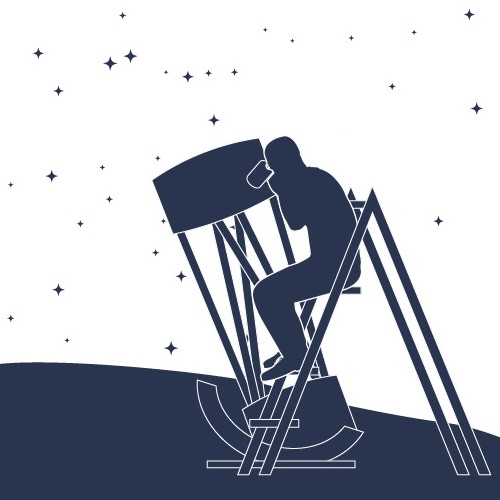
Large optics with a diameter of more than 30 cm show the spiral arms of numerous galaxies under dark skies. Fine details of planetary nebulae appear. Large gas nebulae such as the Veil Nebula show countless structures when viewed with a nebula filter. For the amateur, these devices are only manageable as a Dobsonian and are therefore not suitable for photography.
Very large optics with a diameter of 50 to 100 cm are rare. Occasionally you’ll get a chance to look through one at a big star party. Through these, many deep sky objects look photo-realistic.
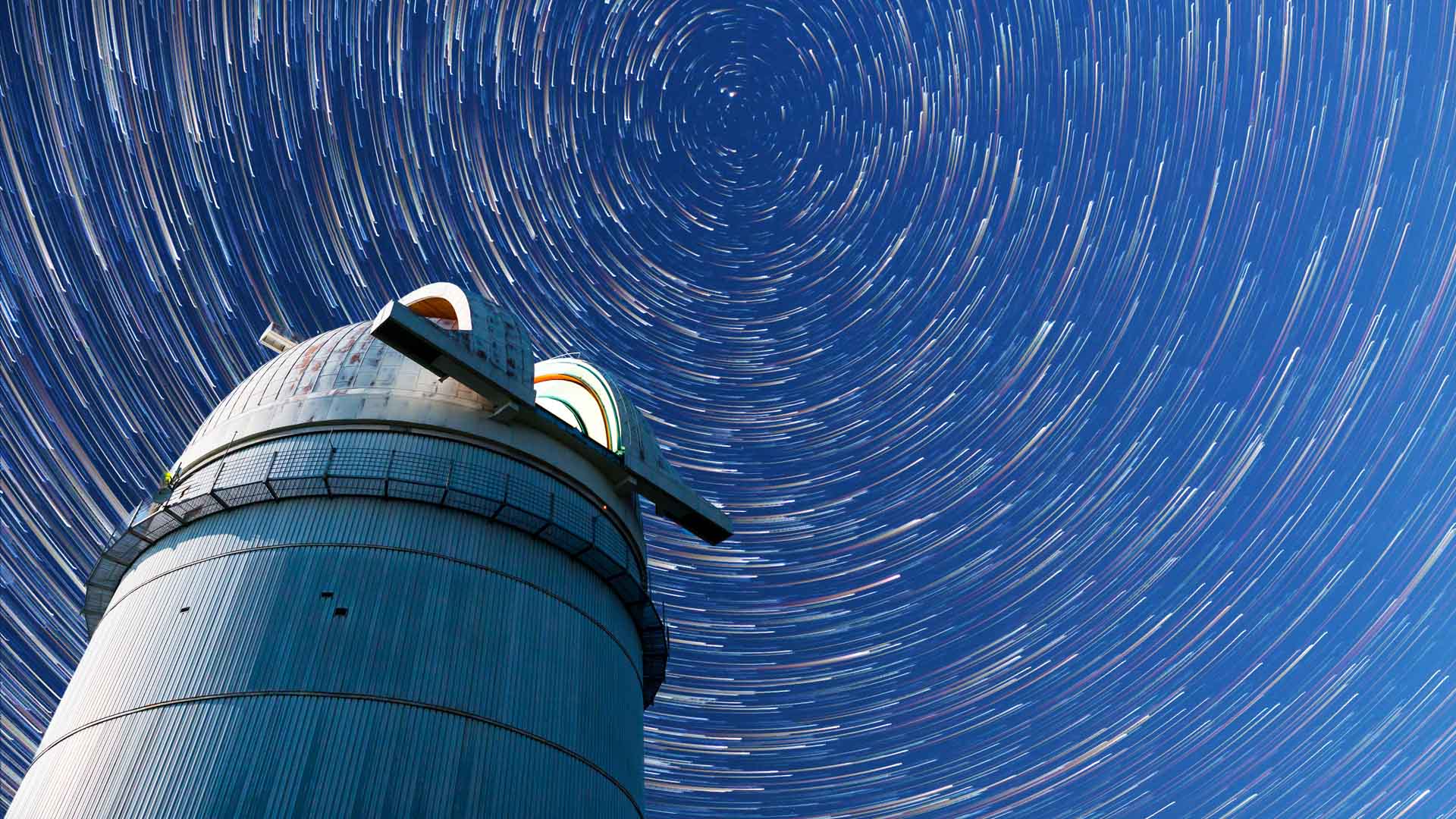
Author: Bernd Gährken
Bernd is an astrophotography specialist. Through his observing, he shows again and again what is possible for committed amateurs.
Bernd studied business administration and worked as a customer advisor for telescopic systems before he came to us. With decades of experience in the field of astronomy and numerous engagements such as at the Munich public observatory, as author of various articles, and as a speaker at conferences, he is no stranger to the amateur astronomy scene.

